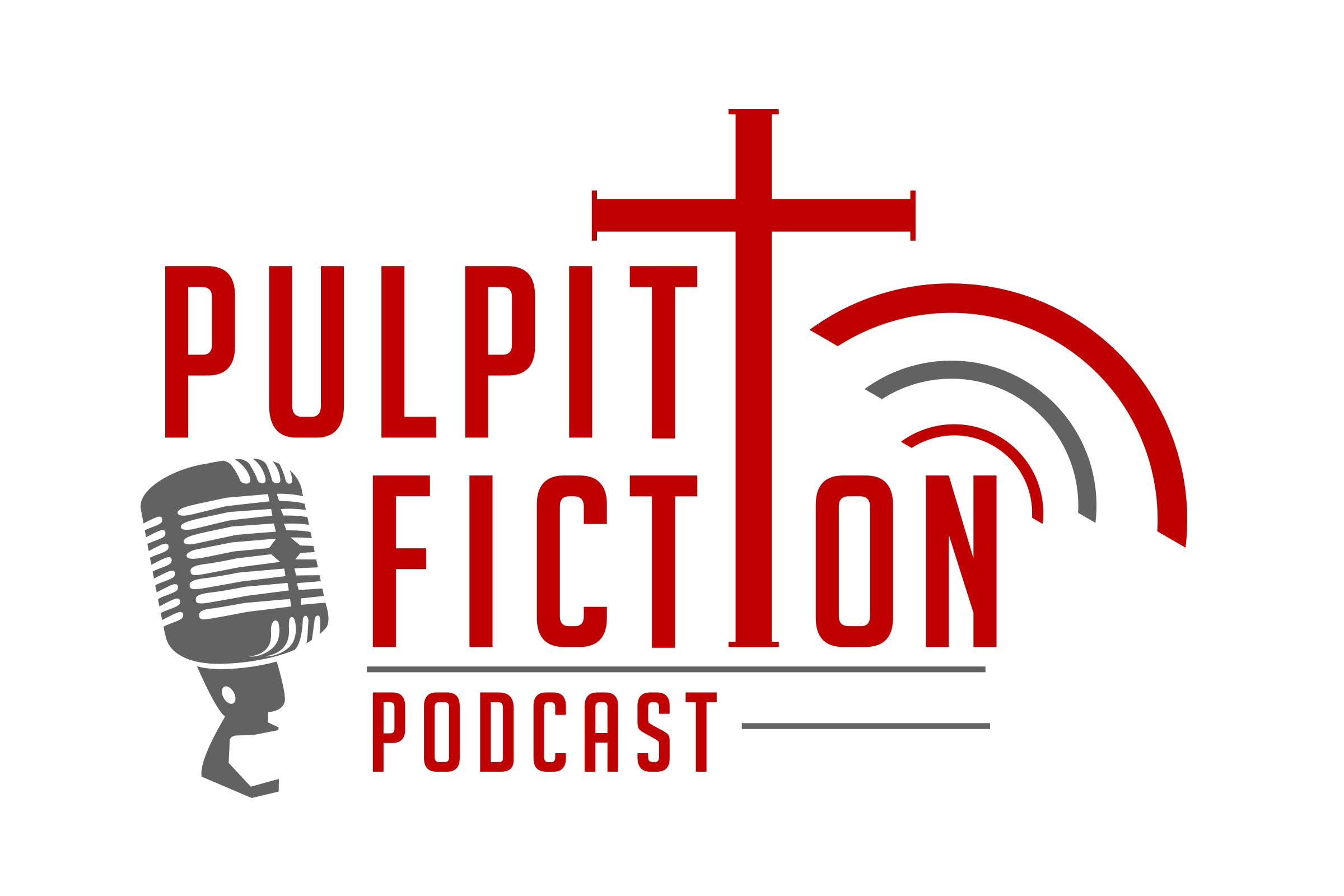NL 112: Faith as a Way of Life
Habakkuk 1:1-7; 2:1-4; 3:[3b-6], 17-19
November 27, 2022
Habakkuk 1:1-7; 2:1-4; 3:[3b-6], 17-19
Initial Thoughts
Bible Study
Habakkuk
Means “to embrace”
Contrary to last week- this is not post-exilic but pre-exilic. Most likely right before the final Babylonian invasion: sometime between the first Babylonian invasion of 597 BCE and the destruction of the temple in 587 BCE.
Three sections
1:2-2:5 Personal lament
2:6-20 Oracles of Woe
3:1-19 Appearance of God
Lament and Theodicy (why do evil and suffering exist?)
Questions are raised to God and no answer is given
It is still important to keep in the conversation - keep the relationship - sometimes merely asking the question provides a kind of indirect answer
Many are quick to voice lament (1:1-4), but are unwilling to stand and wait for a response (2:1-4)
“The section consists of a series of intense exchanges between the prophet and God. In the midst of uncertain times, the prophet is not afraid to engage God in an honest conversation, taking his complaints, even accusations, to God” (Jeffrey Kuan, The Discipleship Study Bible, notes on 1:2-4)
Hope
Lament is expressed, suffering is felt- the prophet stand diligent
Prophet does not use suffering and lament as an excuse to lose faith or lose hope in God - trust in God “whose steadfast love endures forever”
The heart of faith- to continue to hope and persevere when all else appears to the contrary - faith flourishes in the darkness of Holy Saturday (perhaps more than the light of Easter Sunday)
Bryan Spinks, “"My grace is sufficient for you, for my power is made perfect in weakness" (2 Cor. 12:9). Here is a reminder that God's grace is most effective when we have finished our protest and outrage, and are silent. The God of surprises then acts in ways we could never have imagined. The silence of God in the face of fervent prayer for just causes is always disturbing, but that is part of the trial of faith, and God in Christ has experienced it personally.” Feasting on the Word: Preaching the Revised Common Lectionary - Feasting on the Word – Year C, Volume 4: Season After Pentecost 2 (Propers 17-Reign of Christ).
Hope is born out of an experience of God:
“...a young man goes to visit a wise hermit. He finds the monk sitting outside his cave, enjoying the sun, his dog lying lazily at his side. The seeker asks, "Why is it, Abba, that some who seek God come to the desert and are zealous in prayer, but leave after a year or so, while others, like you, remain faithful to the quest for a lifetime?"
The old man responds, "One day my dog and I were sitting here quietly in the sun, as we are now. Suddenly, a large white rabbit ran across in front of us. Well, my dog jumped up, barking loudly, and took off after that big rabbit. He chased the rabbit over the hills with a passion. Soon, other dogs joined him, attracted by his barking. What a sight it was, as the pack of dogs ran barking across the creek, up stony embankments, and through thickets and thorns! Gradually, however, one by one, the other dogs dropped out of the pursuit, discouraged by the course and frustrated by the chase. Only my dog continued to hotly pursue the white rabbit."
Confused, the young man asks, "What is the connection between the rabbit chase and the quest for God?"
The hermit replies, "Why didn't the other dogs continue the chase? They had not seen the rabbit." They were only attracted by the barking of the dog. But once you see the rabbit, you will never give up the chase. Seeing the rabbit, and not following the commotion, was what kept the old monk in the desert.
How can we as pastors and as churches foster the experience of God that endures through lament?
Thoughts and Questions
The prophet refuses to be “nice” to God choosing instead to be honest. Honestly voicing disagreement, anger and disappointment, but refusing to leave the relationship. How might our churches look if we modeled this behavior of faithful, honest disagreement? Can we as churches speak boldly without breaking the covenant which binds us together in local, region or national community (koinonia)?
How do we create opportunities for people to experience God (not just talk about God)?
How do we encourage people to stop and listen to what God is saying?
Opening music: Misirlou, One Man 90 Instruments by Joe Penna/MysteryGuitarMan at MIM
Closing Song by Bryan Odeen

